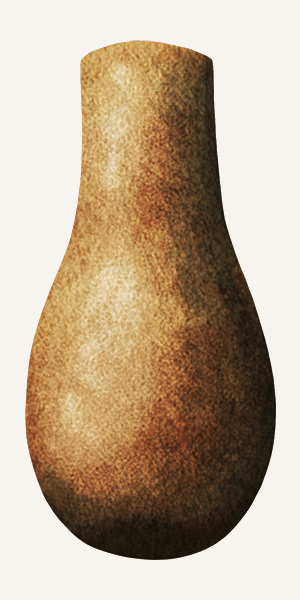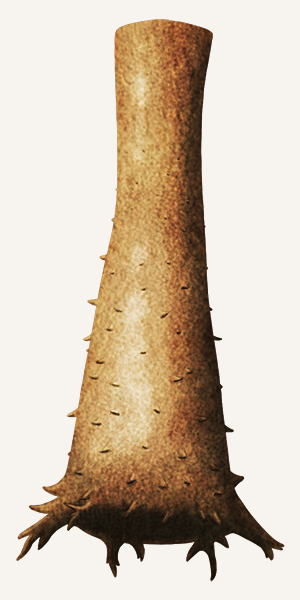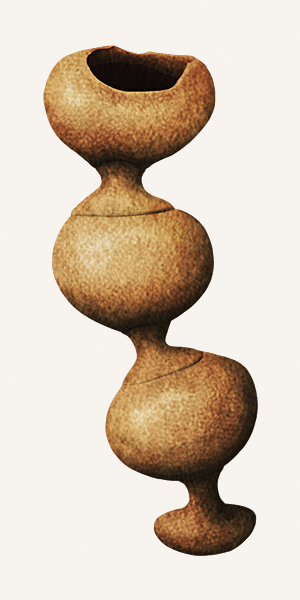


Chitinozoans are tiny microfossils (50-2000µm in size) commonly found in marine deposits all around the world between the end of the Cambrian and the start of the Carboniferous (~489-358 mya). Often described as “flask-shaped”, they have a variety of external ornamentation, are sometimes found in linked chains, and are important as Paleozoic index fossils.
But we don’t know what sort of organism actually made them.
They’ve been proposed to originate from a wide range of creatures, but currently the main hypothesis seems to be that they were the egg cases of certain marine animals – such as annelid worms, polychaete worms, molluscs, or even conodonts. Or possibly they might be immature graptolites. Or relatives of living ciliates. So far, though, no single identification seems to have gained any widespread acceptance.
[Edit: As of 2020, some exceptionally well-preserved chitinozoan specimens suggest these organisms were actually protists.]
